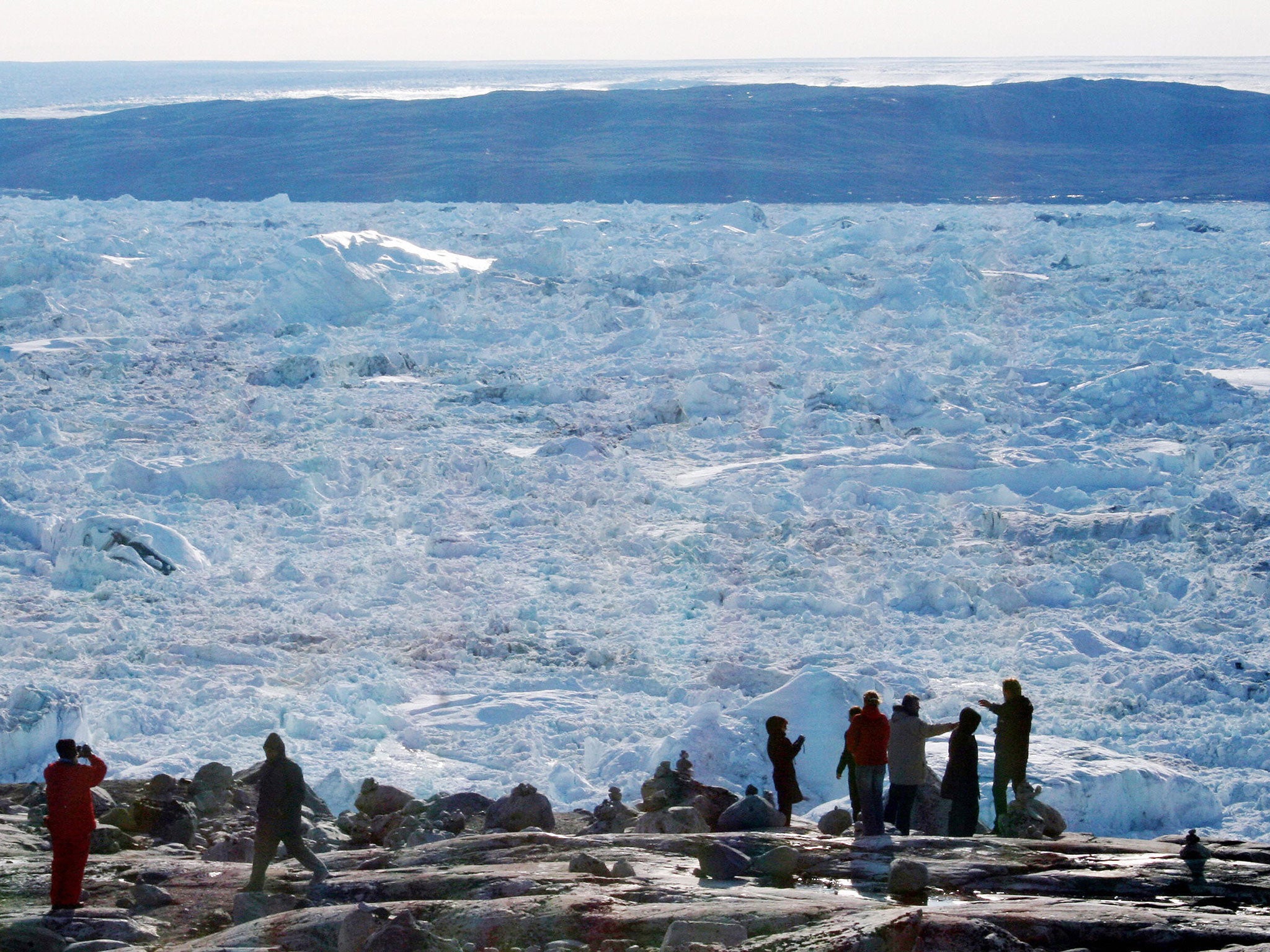The loss of our glaciers is a threat to millions worldwide

They are one of the most visible icons of the “cryosphere”, the cold parts of the world where temperatures fall below the freezing point of water, a natural tipping point that profoundly changes the environment.
And yet, only as a result of the long-term monitoring of mountain glaciers did it become apparent that they were disappearing – such is the glacial pace of glacier melting.
Around the world, from South America to Central Asia, mountain glaciers are melting faster than they are forming. There may be some individual exceptions, but by and large the picture it clear: glaciers everywhere are gradually disappearing.
The trend first became apparent in the 19th century and many geology textbooks put this down to the warming we enjoyed after the end of the “little ice age”, when frost fairs were held on the frozen River Thames between the 17th and early 19th centuries.
However, the study by Ben Marzeion and his colleagues for the first time teases out natural climate variability from the human effects on glacier melting. Their findings clearly indicate that the current rate of glacier melting is primarily down to anthropogenic global warming – man-made climate change.
The power of this analysis stems from the remarkable database of glacier statistics that have been accrued over the decades. Much of this data is now deposited in the newly established Randolph Glacier Inventory, the first global catalogue of all glaciers worldwide, which was primarily developed to help climate scientists to estimate sea level rise.
There are two ways of measuring changes to glaciers. The first is to estimate the total mass or volume of ice, which can produce a balance sheet of losses or gains. The second and easier way is to measure changes to the length of glaciers, which can also give a reasonably good estimate of the rate of melting.
From these measurements it is clear that the overall trend is one of rapid, if not accelerating glacier shrinkage, which could well lead to the complete deglaciation of large parts of many mountain ranges in the coming decades.
Aside from the impact this will have on global sea levels, there is the very real threat it poses to the millions of people who rely on glacier-fed rivers for their water supply. From the Andes to the Himalayas, the loss of mountain glaciers is a real concern.
Join our commenting forum
Join thought-provoking conversations, follow other Independent readers and see their replies
Comments
Bookmark popover
Removed from bookmarks